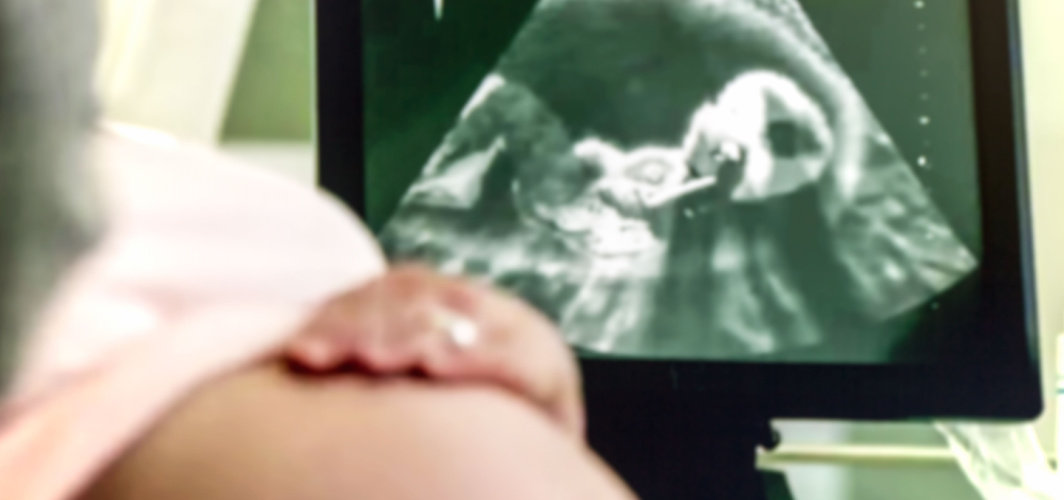- Home
- Blog
- Mom & Baby Care
A Guide For Parents On When And How To Introduce Solid Foods To Their Baby
Mom & Baby Care
A Guide For Parents On When And How To Introduce Solid Foods To Their Baby
By Apollo 24|7, Published on- 05 May 2023, Updated on -10 February 2025
Share this article
0
0 like

Starting solid meals is a crucial milestone in a baby's life because it marks the beginning of the toddler phase. But how can parents identify whether their child is ready for this change and ensure sufficient nutrition? The ability to sit up unaided, exhibit interest in food, and swallow are all markers that your baby is ready for solid foods. This article talks about all such indicators while ensuring proper nutrition for the baby.

Signs of Readiness for Solid Food
It is critical to introduce solid foods at the appropriate period, as starting too early or too late can be harmful to the baby's health. Furthermore, parents must ensure that their infant receives sufficient nourishment, as their dietary needs fluctuate as they develop. During the first year of life, breast milk or formula should be the primary source of nutrition, but solid foods can be introduced slowly to their diet.
The following are the signs when a baby is ready to wean from liquid to solid foods:
- The ability to sit upright and hold their head steady.
- Showing an interest in food by watching others eat or reaching for food.
- The disappearance of the tongue-thrust reflex, which pushes food out of the mouth.
- The ability to coordinate eye, hand, and mouth movements to pick up and put food in their mouth.
- Chewing motions or attempts to chew.
- Increased appetite or not seeming satisfied with just breast milk or formula. This usually happens after 4-6 months of age.
- No longer losing weight or doubling their birth weight.
- No longer breastfeeding or bottle-feeding every 2-3 hours.
- Showing signs of teething, such as drooling and putting objects in their mouth.
It's important to keep in mind that these signs can vary from baby to baby, and it's best to consult with a paediatrician before starting solid foods.
Recommended read: 6 Clear Signs Your Baby is Ready for Solid Foods
Tips To Introduce Solid Foods
The introduction of solid foods may be both joyful and stressful for both babies and parents. Here are some tips for you to ease the transition:
- Begin with a one-ingredient purée.
- Introduce new meals gradually.
- Food should be given at a time of day when the infant is attentive and happy.
- Use delicate spoons and avoid seasoning the dish with salt or sugar.
- Increase the thickness of the puree and the amount offered gradually.
- Allow the infant to dictate the feeding schedule.
- Remember that solid foods should be introduced gradually, and it's critical to watch for signs of allergic reactions or choking.
Types of Solid Foods to Offer and When
As a baby begins the transition to solid foods, parents wonder which foods to introduce and when. Here are some examples of solid foods you can serve your baby:
- Iron-fortified cereals: 4-6 months.
- Pureed fruits and vegetables: Introduced after cereal at about 6 months of age.
- Pureed meats and proteins: Introduced around the age of 7-8 months, after fruits and vegetables.
- Soft finger meals: Introduced around the age of 8-10 months.
- Dairy products: Introduced after 6 months of age, however, cow's milk should be avoided until after 12 months.
Remember to speak with a paediatrician to decide which meals are safe for the infant and when to start introducing them. Furthermore, it is important to monitor for any signs of allergy or choking.
Proper Nutrition for Babies Starting Solid Foods
When babies begin eating solid meals, they must acquire adequate nourishment.
Here are some dietary suggestions:
- Continue breast or formula feeding.
- Provide a range of fruits, vegetables, whole grains, and protein sources.
- Avoid foods that are heavy in sugar, salt, or unhealthy fats.
- To avoid anaemia, provide iron-rich diets (chickpeas, spinach, turkey, etc)
- Provide healthy fats to aid in brain growth.
- Provide plenty of fluids (water and breast milk or formula)
Babies' nutritional demands change as they grow. Therefore one must consult a paediatrician for advice on acceptable foods and quantity amounts for the infant.
Also read: Easy-to-Digest Baby Cereals for Healthy Growth
Baby-Led Weaning: Pros and Cons
Baby-led weaning is a form of weaning where babies feed themselves. Instead of spoon-feeding purees, this method entails introducing soft finger foods and allowing the baby to feed themselves.
Here are some advantages and disadvantages:
Pros:
- Encourages self-control over food consumption.
- This could lead to a greater acceptance of a broader range of foods.
Cons:
- Increased choking risk.
- Chances of leaving the baby ill-fed
Common Problems When Introducing Solid Foods
Here are some frequent issues that parents may encounter while introducing solid foods to their babies:
- Refusing to try new cuisine.
- Constipation or diarrhoea after eating the food.
- Gagging or choking.
- Reactions to allergens.
- Feeding too much or too little.
Side Effects Of Feeding Solid Foods Too Early
Feeding solid foods too soon can be harmful to a baby's health and development due to the following reasons:
- High risk of choking
- Low iron absorption, leading to anaemia
- More likely to develop food allergies
- Likely to experience diarrhoea, constipation, or stomach pain
- More likely to experience obesity later in life
To summarise, giving solid foods to babies can be a tough but rewarding experience. However, it is critical to wait until your infant is developmentally ready for solid foods, which is usually about 4-6 months of age. Consult a paediatrician for advice on when and how to start a baby on solid foods.
Consult Apollo's Expert Paediatricians
FAQs
1. When to start solids in babies?
Around 4-6 months of age.
2. What types of foods should be given to a baby in the beginning?
Iron-fortified cereals, pureed meats, and soft, cooked fruits and vegetables.
3. How much solid food should be given to a baby?
Start with small amounts and gradually increase as per the baby's age and appetite.
4. What if my baby refuses a new food?
Don't force it, offer again at a later time.
5. How to know if my baby is getting enough nutrients?
Monitor growth and development, offer a variety of nutrient-rich foods, and consult with a paediatrician if needed.
Consult Apollo's Expert Paediatricians
Medically reviewed by Dr Sonia Bhatt.
Services
Mom & Baby Care
Leave Comment
Services
Recommended for you

Mom & Baby Care
What Happens If The Umbilical Cord Wraps Around The Baby’s Neck In The Womb?
A nuchal cord is a common condition in which the umbilical cord wraps around the foetus' neck. Although it may sound scary, it is a common condition and usually harmless.

Mom & Baby Care
Postpartum Recovery: Answers To The Common Questions Asked By New Moms
This article covers frequent postpartum recovery concerns from new mothers, covering themes like physical healing, mental well-being, and breastfeeding. It seeks to guide new mothers through the recovery process and make them feel more prepared for the postpartum time.

Mom & Baby Care
Moms-to-be and Moms: Mental health matters
Motherhood brings both joy and sadness. A new mother juggles her physical and mental health. Taking care of mental health with a good approach may help. #ApolloPharmacy #MomsMentalHealth #BeWithHer #CareForHer #GiveMomABreak
Subscribe
Sign up for our free Health Library Daily Newsletter
Get doctor-approved health tips, news, and more.


